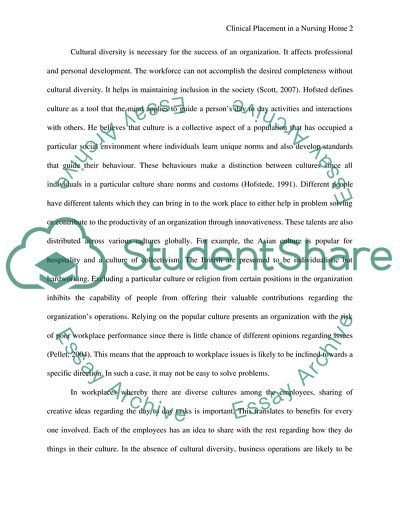Cite this document
(Clinical Placement in a Nursing Home Essay Example | Topics and Well Written Essays - 1500 words, n.d.)
Clinical Placement in a Nursing Home Essay Example | Topics and Well Written Essays - 1500 words. https://studentshare.org/nursing/1738451-clinical-placement-in-a-nursing-home
Clinical Placement in a Nursing Home Essay Example | Topics and Well Written Essays - 1500 words. https://studentshare.org/nursing/1738451-clinical-placement-in-a-nursing-home
(Clinical Placement in a Nursing Home Essay Example | Topics and Well Written Essays - 1500 Words)
Clinical Placement in a Nursing Home Essay Example | Topics and Well Written Essays - 1500 Words. https://studentshare.org/nursing/1738451-clinical-placement-in-a-nursing-home.
Clinical Placement in a Nursing Home Essay Example | Topics and Well Written Essays - 1500 Words. https://studentshare.org/nursing/1738451-clinical-placement-in-a-nursing-home.
“Clinical Placement in a Nursing Home Essay Example | Topics and Well Written Essays - 1500 Words”. https://studentshare.org/nursing/1738451-clinical-placement-in-a-nursing-home.


